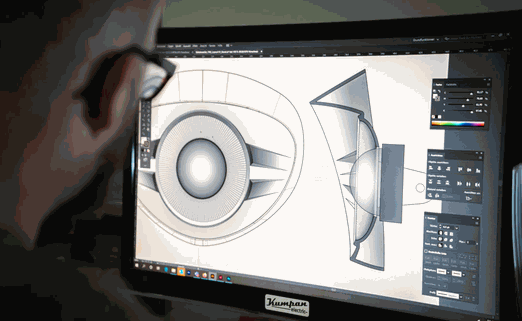Leading SAFe: a must-follow training
Understand where the successful companies of the future are heading.
Learn what you can do to keep up with them.
Agility is here to stay. It is not a fad, here now, gone tomorrow. Companies that manage to exploit agile software development at scale will sound familiar: Google, Amazon, Apple, Netflix, Spotify… They are the brands that conquer the world.
The Leading SAFe training will make you understand how it works.

Built on agile teams
The
foundation of SAFe are multifunctional, autonomous, self-managing agile teams. Their
success has been evident in small scale software development.
But the development of large products requires collaboration of several teams. We need to define how to collaborate while maintaining the autonomy of the teams.
Key concepts are cadence and synchronization, continuous integration, built-in quality…
.
Lean product development
SAFe marries the concepts of agility to those of lean product development. When time to market is a key economic factor, eliminating time waste is paramount. The traditional divisional organization creates silos that slow down the flow of work and the delivery of new products. Optimizing Value Streams is the answer to remove impediments that block the flow.
Lean concepts in SAFe are limiting work in process (‘achieve more by doing less’), small batch sizes, focus on flow.


Focus on the customer
In the traditional project-based approach to software development, we make an initial business case for the development, as a justification for the budget allocated to the development. This leads to ‘big up-front design’: design choices needed for the budget are made when least is known. Worse, project managers follow the budget, not the creation of value.
Agile product development is more of learning track, we measure customer delight over new features, we make hypotheses on what the customer wants and test them, change direction, or outright stop if our hypothesis is wrong.
SAFe has
fully integrated Design Thinking in the product development approach as well,
with empathy mapping and story mapping as typical approaches.
In-company training Leading SAFe
Participants
can achieve certification if they want.
Public training Leading SAFe
The certification fee is included
Training calendar
Practical details, contents,
more on certification ...
Other SAFe courses

Build a DevOps pipeline
SAFe uses DevOps to build a pipeline for the continuous creation and delivery of value, in small increments. All teams are involved in continuous exploration of what the customer needs and what technology can bring, continuous building and integration of (enhancements of) products and continuous delivery into production. Optimized for the production flow. Release happens on demand, is not in line of the flow, and is driven by market needs.

Align strategy and portfolio using Lean Portfolio Management
Companies need to define where they want to go and invest in initiatives that bring them there. SAFe Lean Portfolio Management explains how to formulate the strategy and to evaluate the potential initiatives. SAFe LPM does away with cumbersome budgeting and cost center approach and replaces it with more flexible and still responsible financial governance.

Towards a Learning and Innovative organization
SAFe
recognizes the need for an open mindset, for the creation of a learning
organization based on learning teams, for hiring innovative people and for strategic
agility to achieve real business agility.
The Leading SAFe training provides
some hooks into this cultural change.